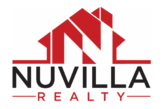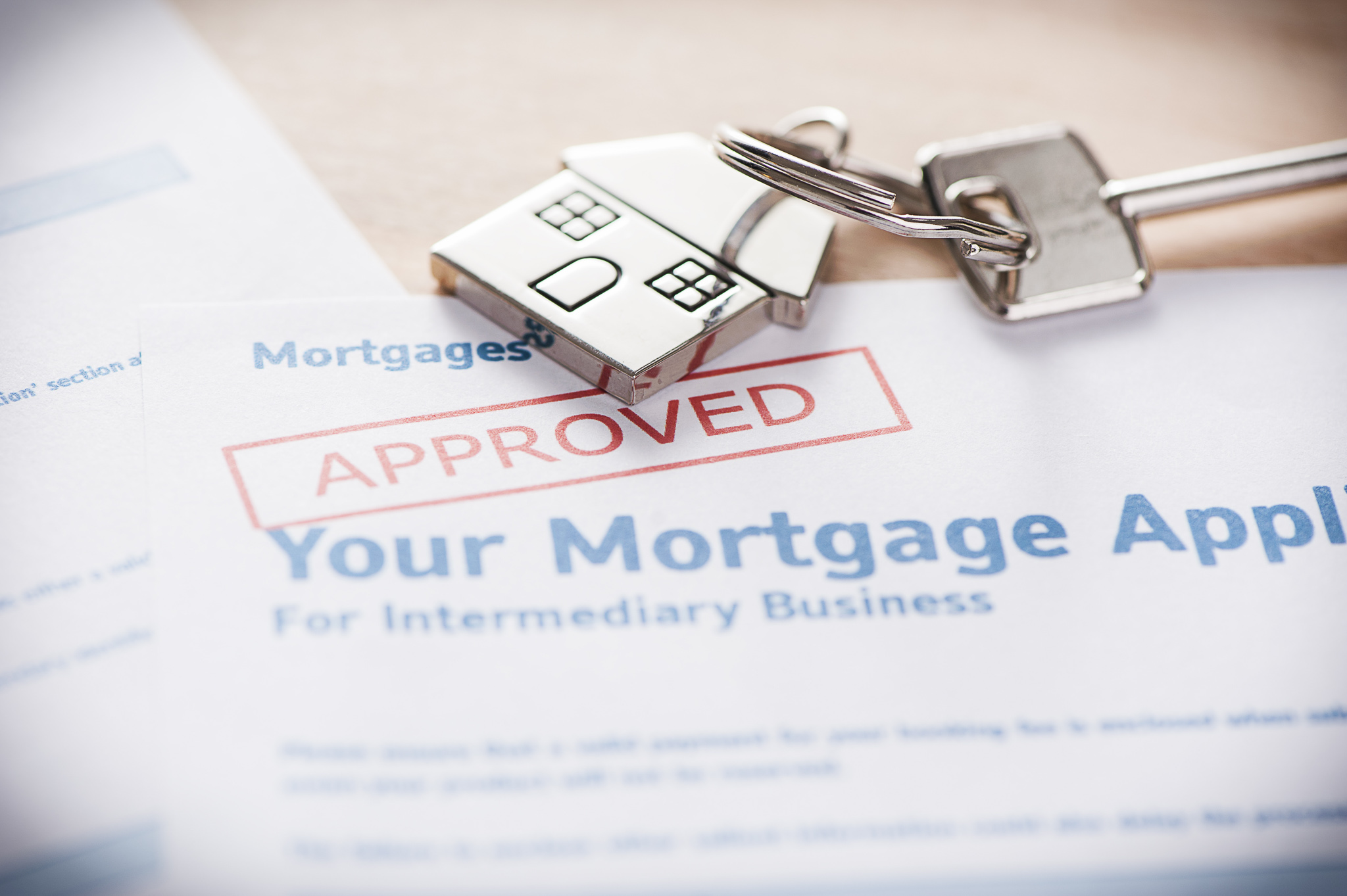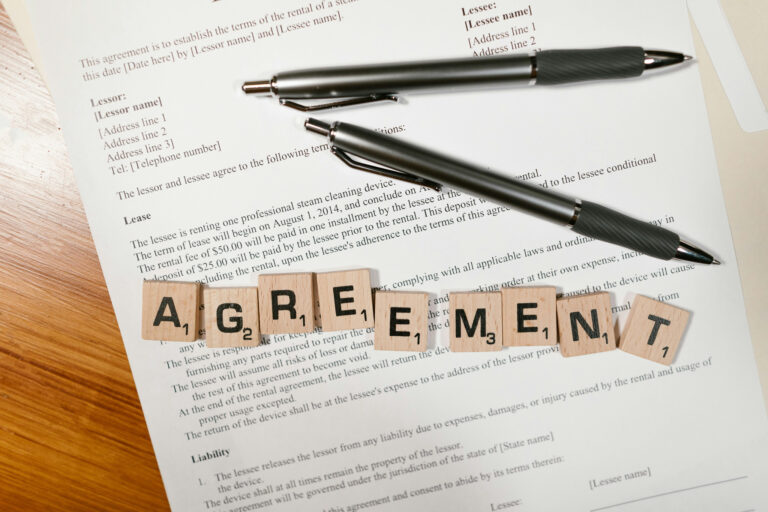Today’s Mortgage Landscape Explained
The world of mortgages is constantly evolving, and rates can shift from week to week. Rates consistently rank the highest on the list of buyers priority when they begin their home search. Here’s a comprehensive breakdown of what’s happening in the mortgage arena right now. So lets dive into today’s mortgage landscape.
The Latest on 30-Year Mortgages
The prevalent 30-year fixed mortgage rate has dipped to 7.60%, marking a 0.13 percentage point decrease from the past week.
But it’s not all about the base rate. There’s also the Annual Percentage Rate (APR) which gives a more holistic view of your mortgage cost, taking into account both interest and lender fees. This week, the APR for a 30-year fixed mortgage sits at 7.52%, compared to last week’s 7.66%.
Considering a $100,000 mortgage at today’s 30-year rate? You’re looking at monthly repayments of roughly $706 (excluding taxes and fees). Over the entire loan period, this adds up to about $154,261 in interest alone.
Considering 15-Year Mortgages
If you’re pondering a shorter loan term, the 15-year fixed mortgage stands at 6.84%, a slight dip of 0.01 percentage points from last week. Interestingly, its APR remains consistent at 6.79%.
For those mulling over a $100,000 mortgage at this rate, you can anticipate a monthly payment of $890 (exclusive of taxes and insurance). The total interest clocks in at approximately $60,133.
Delving into Jumbo Mortgage Rates
For larger, jumbo loans, the 30-year fixed-rate is averaging 7.41%, down from 7.46% the previous week. Based on these rates, a $100,000 loan equates to a $693 monthly payment. If we scale that to a substantial $750,000 loan, monthly repayments hover around $5,196, with a total interest reaching roughly $1.12 million over the loan’s duration.
Calculating Your Mortgage
Before house-hunting, gauge your financial capability. Use a mortgage calculator, factoring in:
- Home price
- Down payment
- Interest rate
- Loan duration
- Additional costs: taxes, insurance, and HOA fees, if any
Determining Your Home Budget
Kickstart your house search by assessing your affordability, bearing in mind:
- Your income
- Existing debts
- Debt-to-Income ratio (DTI)
- Down payment amount
- Your credit rating
Factors Influencing Mortgage Rates
Mortgage rates don’t operate in a vacuum. Here are the key players:
- Federal Reserve: Their decisions often align with mortgage trends.
- Bond Market: Long-term bond yields, especially the 10-year U.S. Treasury Bond, influence mortgage rates.
- Economic Health: A thriving economy with high demand and low unemployment can drive rates up, whereas the reverse can push rates down.
- Inflation: This can erode the value of money, prompting banks to adjust rates.
Personal factors can also impact the rate you’re offered:
- Credit score: Aim for 670 or higher for better rates.
- DTI Ratio: A DTI under 43% is ideal.
- Loan-to-Value (LTV) Ratio: Aim to keep this below 80%.
- Loan Duration: Shorter loans like 15-year terms usually offer better rates.
- Property Type: Primary residences often receive more favorable rates.
Choosing the Right Mortgage
Conventional loans, offered by private lenders, are great for those with stellar credit and a significant down payment. But if you’re a first-time buyer or have a limited financial history, government-backed options might be more feasible.
Whether it’s an FHA loan with minimal down payments, a USDA loan for rural homeownership, or VA loans for military personnel, there’s a suitable mortgage product for almost everyone. Always weigh the pros and cons before committing.





